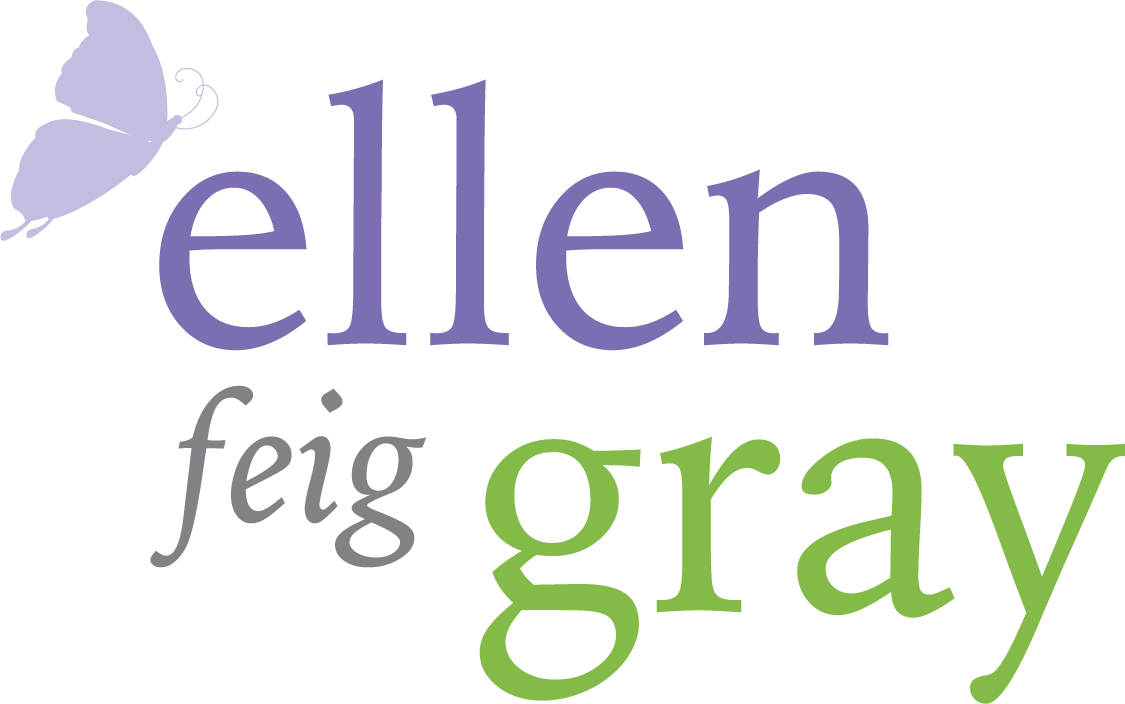Since the beginning of civilized society we have valued kindness as a virtue. The importance of teaching our children the Golden Rule as a basic moral principle -- treat others as you want to be treated -- is deeply embedded in our culture and spiritual practices. We encourage children to be compassionate because it's the right thing to do. But are we helping them make the connection between being kind to others and their own happiness and well being?
Research demonstrates that practicing random acts of kindness on a daily basis increases our overall happiness levels in the short term and over time. In fact, the benefits of kindness are shared among the givers as well as the receivers. In a recent study, pre-adolescent children who intentionally and purposefully did good deeds for others on a regular basis not only improved their own well-being but also became more popular among their peers.
We need to teach young children that sharing and helping other people is not only something we do because it's what we want them to do for us. It actually makes us feel good as well.
Because very young children learn best through tangible, hands-on activities, we can help them learn abstract lessons such as these by making "Happiness Buckets." When you fill someone else's bucket with kindness, you are filling your own bucket with happiness.
To make "Kindness Buckets":
Materials:
Mini Play-Doh® cans (assorted colors)
1" Pom Poms (assorted colors) to use as "warm fuzzies"
Optional: colorful sticky notes (for children who can read and write)
Activity:
It's most fun to make Kindness Buckets with a group of children. Each child gets a small can of Play-Doh® and they each get to help decorate each other's "buckets" - this reinforces the message by sharing and helping one another.
Each child takes half the contents of his/her Play-Doh® can and spreads it around the can as a base. Using the other half of the Play-Doh®, they break off little pieces and shape it onto the outside of another child's covered can. They do that until each child gets to decorate every other child's bucket. The result is their own individualized Kindness Bucket that contains the kind handy-work of each child in the group.
Next comes the bucket filling. Each child says something kind to another in the group. For example, "I really like the way you decorated your bucket. It's got all the colors of the rainbow and I love rainbows!" or "You were really nice to me when you traded with me for my favorite color." As they make their kind exchanges, each of them fills the other one's bucket with a "warm fuzzy" pom pom. When they give a warm fuzzy, they get a warm fuzzy. When they act with kindness that makes them feel good as well as making the other person feel happy.
Parents can use Kindness Buckets at home with their children and fill their children's buckets (and their own) with warm fuzzies when they notice each other's random acts of kindness. For older children, you can write down notes of appreciation to one another on colorful stickies and fill each other's buckets with acknowledgements of the kind acts or words.
Some schools are even building their classrooms around the concept of bucket filling. Not only do they bucket fill when children show kindness, but they "bucket dip" from children who are unkind to one another -- both children get "warm fuzzies" taken away from their buckets as consequences.
If you would like to read a book with your child about how the practice of bucket filling leads to happiness, I recommend Have You Filled a Bucket Today?: A Guide to Daily Happiness for Kids or any of the other Bucket Filling books by Carol McCloud.



